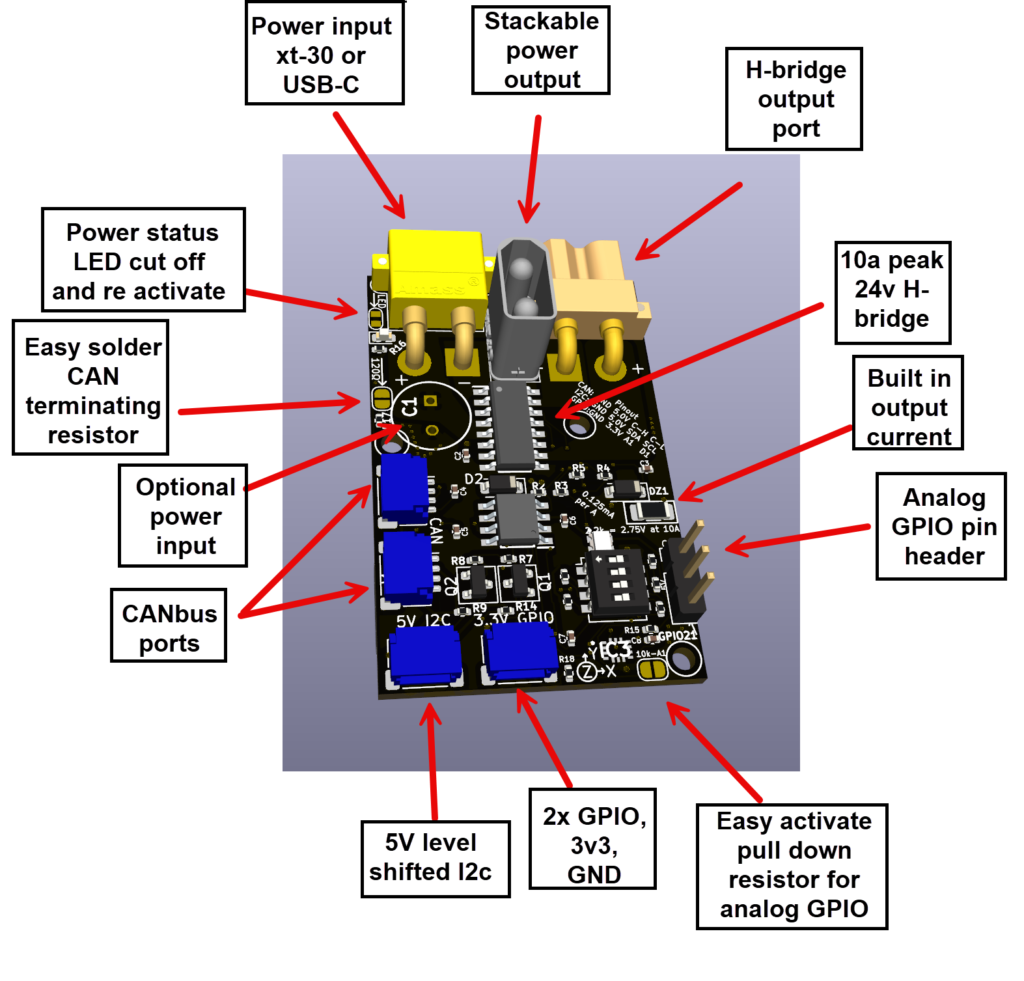
This tiny board is pretty cool
This project evolved out of the need for a custom motor driver for our DIY quadruped project. We needed something that could handle I2c input from a magnetic encoder, timely PID calculations, 24v and 13a H bridge motor control and a way to communicate target angles to every joint. We hit those goals and so many more
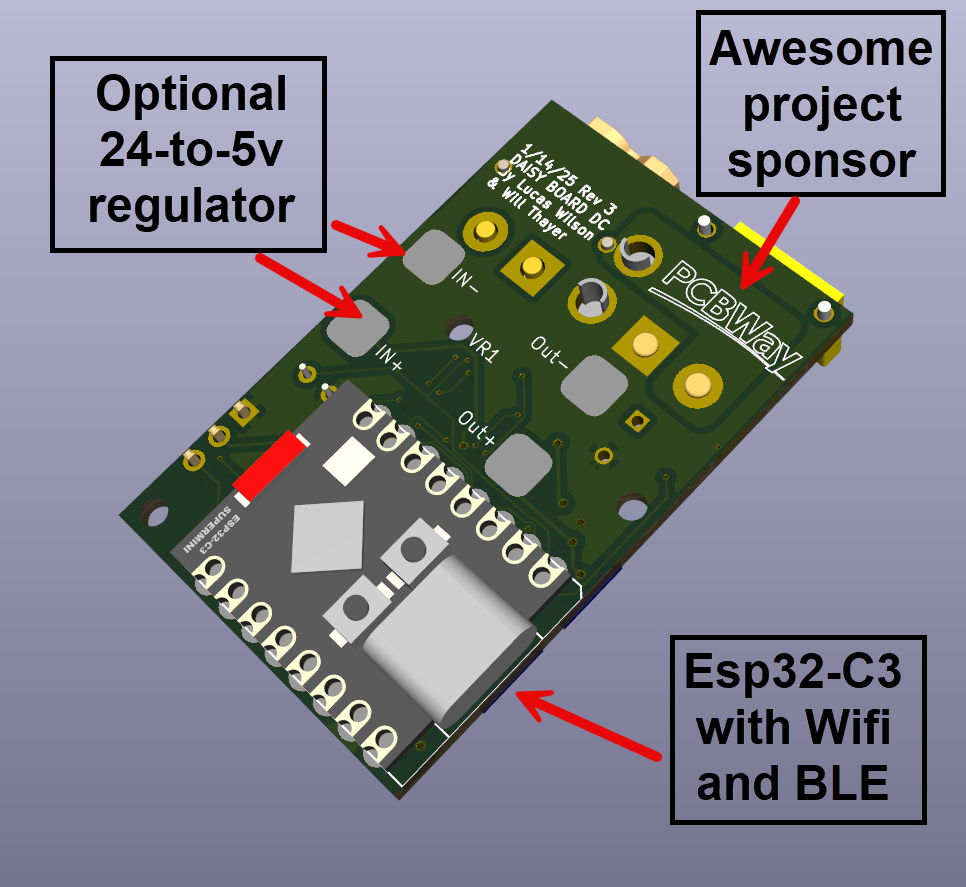
To list some of its features
-
5-24v dc input by xt-30 OR usb-C port
-
xt-30 power output for for stacking or daisy chaining boards
-
An H bridge motor controller for forward/reverse voltage and full PWM range output though xt-30
-
Location for a current sense resistor of you choice. Dependent on your application
-
Two CANbus ports for daisy chaining communication between boards using a TJA1050T CAN transciever
-
A built in 120OHM CANbus terminating resistor on an easy to solder pad
-
A dip switch resistor network so you can set CAN address externally. Easily set up to 16 addresses
-
A 5v level shifted I2C port compatible with Adafruit Stemma QT and Sparkfun QWIIC. And with a 1-2mm JST jumper you can also use Adafruit Stemma and SEEED Grove devices
-
A JST-SH 4 pin port with power, ground and two GPIO pins. This port can also be used as non level shifted I2c
A three pin header with 3.3v, ground and a single GPIO pin -
A built in six axis IMU
-
ESP32-C3 with built in Wifi and Bluetooth
-
Three mounting holes
-
An optional solder on 5v regulator. Only one of these is required per a daisy chained set of boards
And where they got their name: Daisy chainable communication and stackable as high as you like
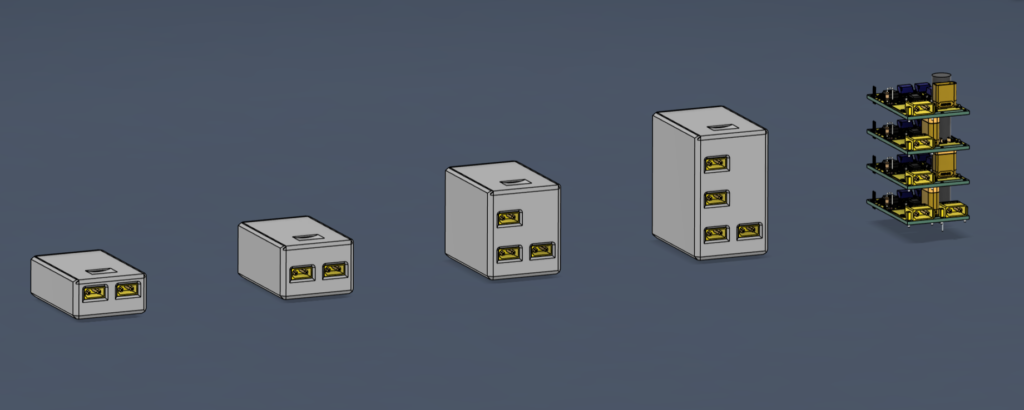
And with a ton of expandability options you can tailor your board to fit your exact needs.
To make it work, you only need the esp32 supermini. These can be bought on Aliexpress for as little as $1.58
- esp32-C3 supermini
- usb-C power input board
- Heatsinks
- 90 degree xt-30 connectors
- Vertical xt-30 connectors
- JST-sh jumper cables
- 5v regulator
Below is an image of two daisy boards stacked together. The bottom board is used for 24v power input and serial communication to my laptop via USB-C. The top board connects to the bottom board vis a vertical xt-30 for power input, and a 50mm jst-sh cable for Canbus. The top board then uses the I2c port at its base to read the angle from an as5600 magnetic encoder, and uses its second CANbus port to send communication along to the next board. The top board also sends 24v power out of its 90degree xt-30 port along to the next board. Power and communication for all four boards used in this robo leg originate from the bottom board
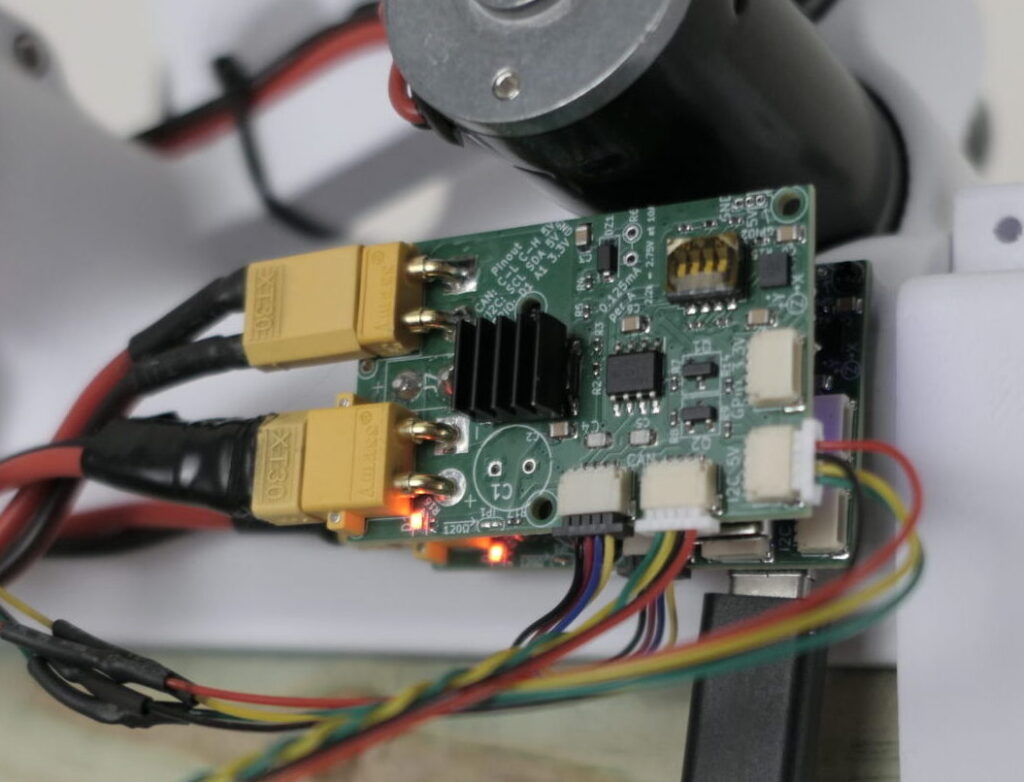
How to order and how much does it cost?
Starting with price. Since I am all about transparency here I will tell you how much it cost me to produce. I am ordering these boards 20-25 at a time since there are a lot of setup fees by PCB assembly companies, so if you order less then expect to pay more per board. Hot of the press the board alone will cost about $10, but this is not the final price since you have to buy the esp32 and the xt-30 power connectors unless you are going to solder power wires directly to the board. In total you can expect to pay roughly $15 per board fully kitted out.
We posted the Kicad files and BOM on our github linked below, so all you have to do is upload the files to your favorite PCB assembly company. I highly recommend PCBWay, they sponsored this project and helped me so much with part sourcing and assembly that it honestly wouldn’t have happened without them.
You can also buy the DaisyBoard here at Wilson Fabrication! We are selling premade kits that come with the all the components you may need to setup anywhere from a single board to a 5+ daisy stack. We are charging $25 per board and while this may sound like a large jump from the price I mentioned before please remember that you are supporting the development that went into them, it helps me offset the cost of buying 25 at once and the kits come with everything you might need. And if you made it this far you deserve a discount code. Type in “Bingle” for 10% off
And if you still think thats too expensive, look at how much that other youtuber is selling CodeCell for. 12.5 euro for basically just an esp32, and 30 euro for an esp32 with a six axis IMU?? the daisy board has so many more features including the six axis IMU for a lower price.
On to ordering instructions!
If you REALLY think $25 is too expensive and you want to buy a bunch of them we created a set of instructions to make it super easy for you to order the daisyboard directly from PCBWay. The below PDF will walk you through how to upload the Kicad files included in the datasheet linked above.
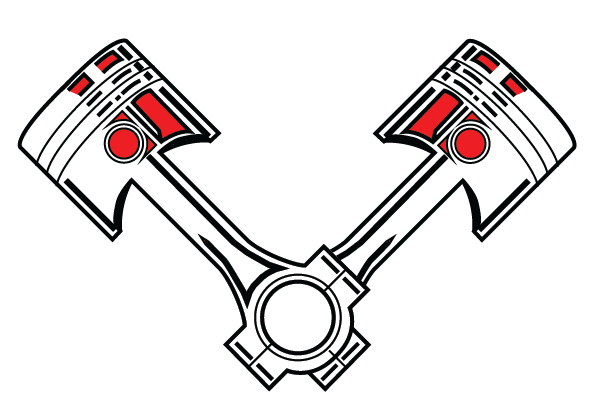


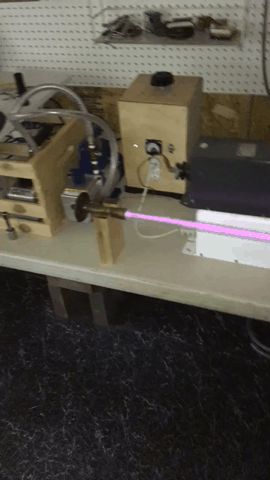
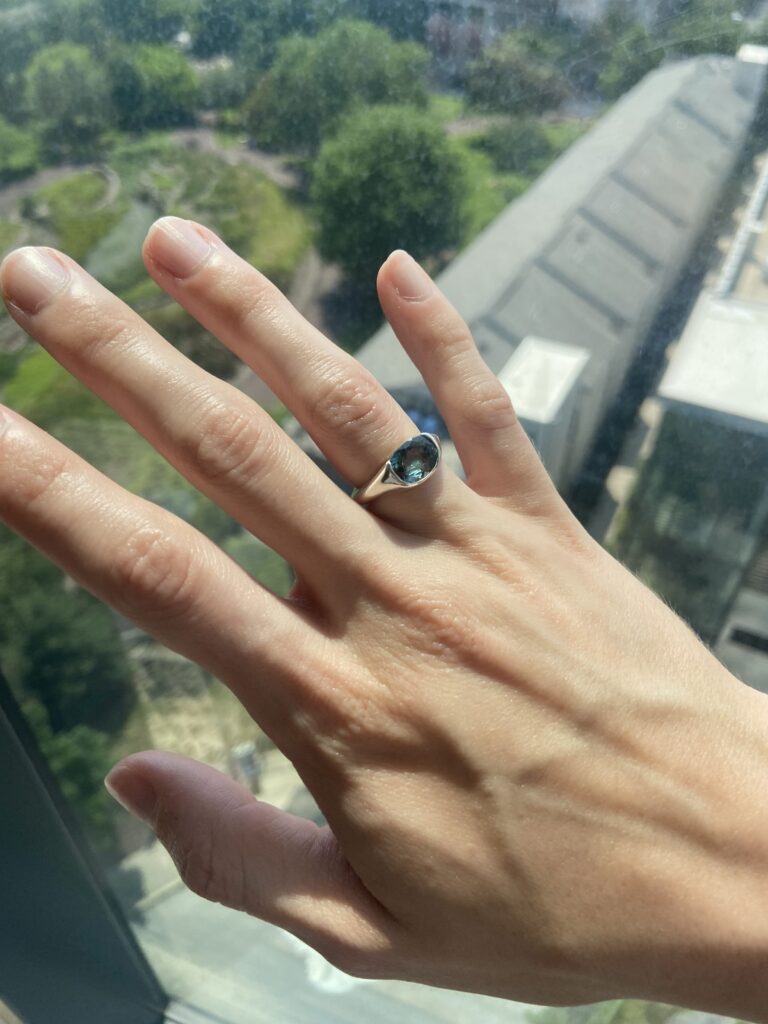
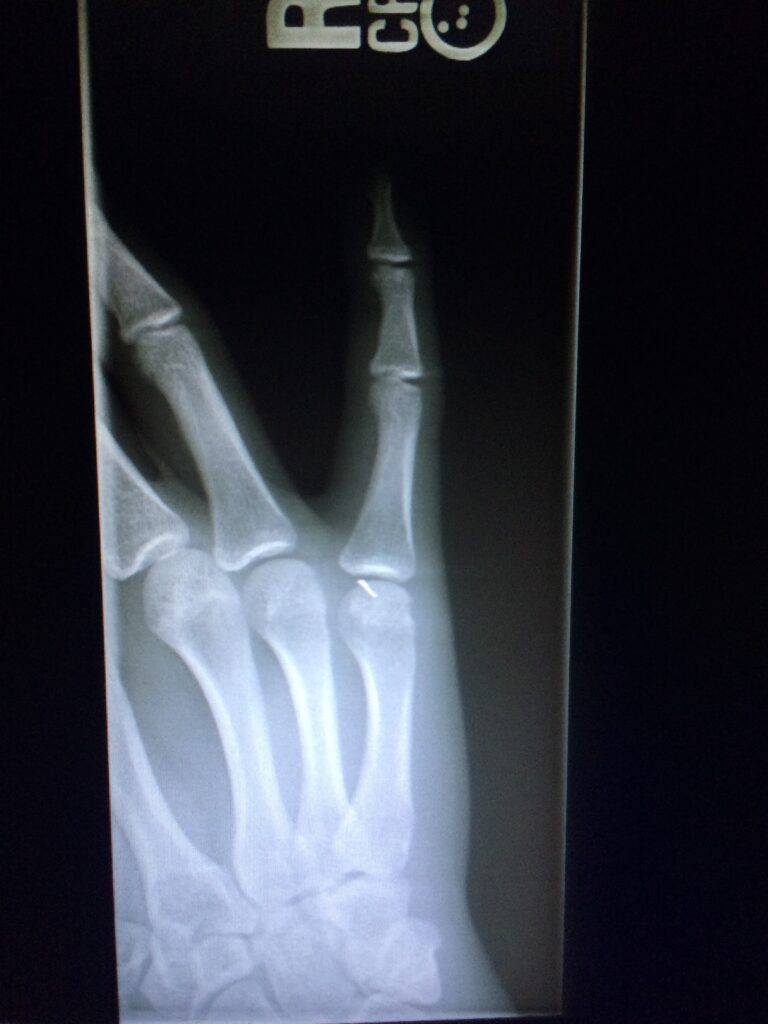

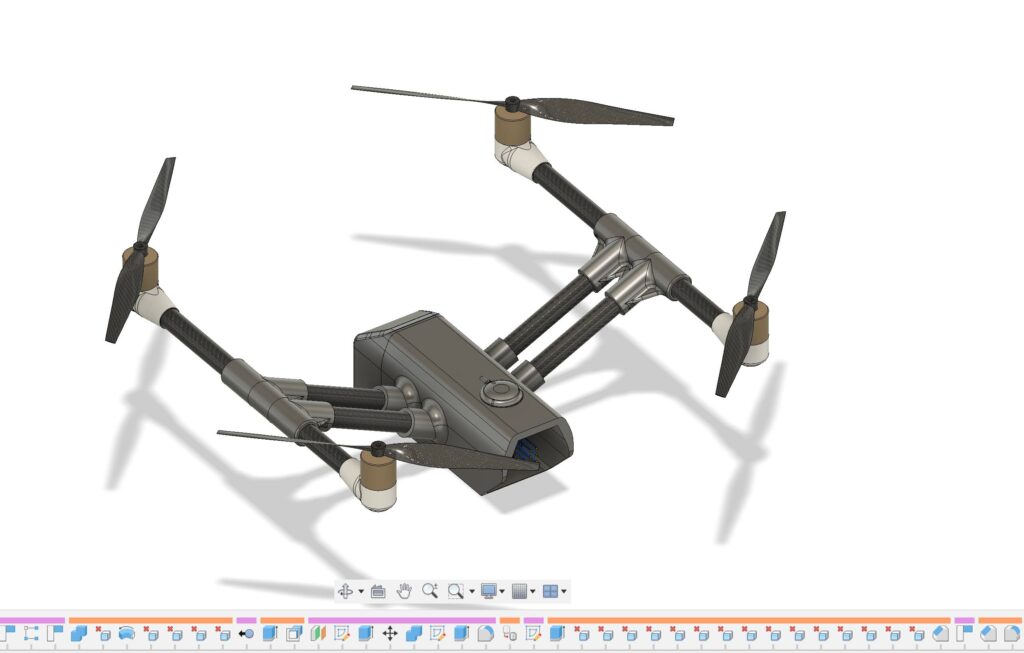
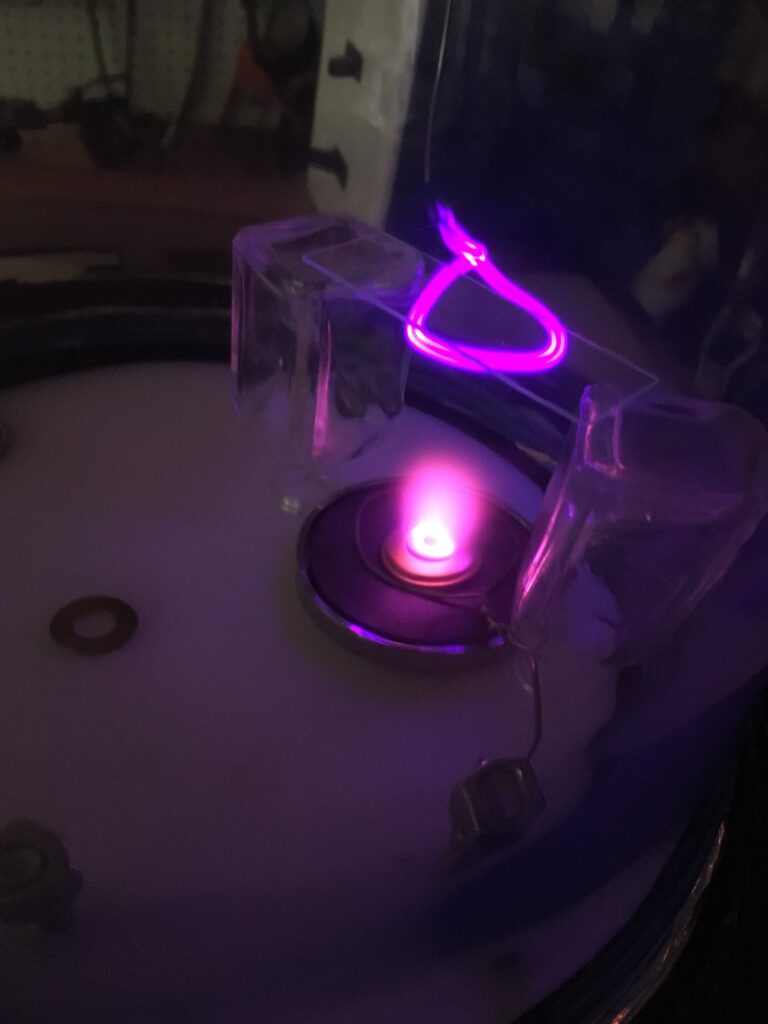
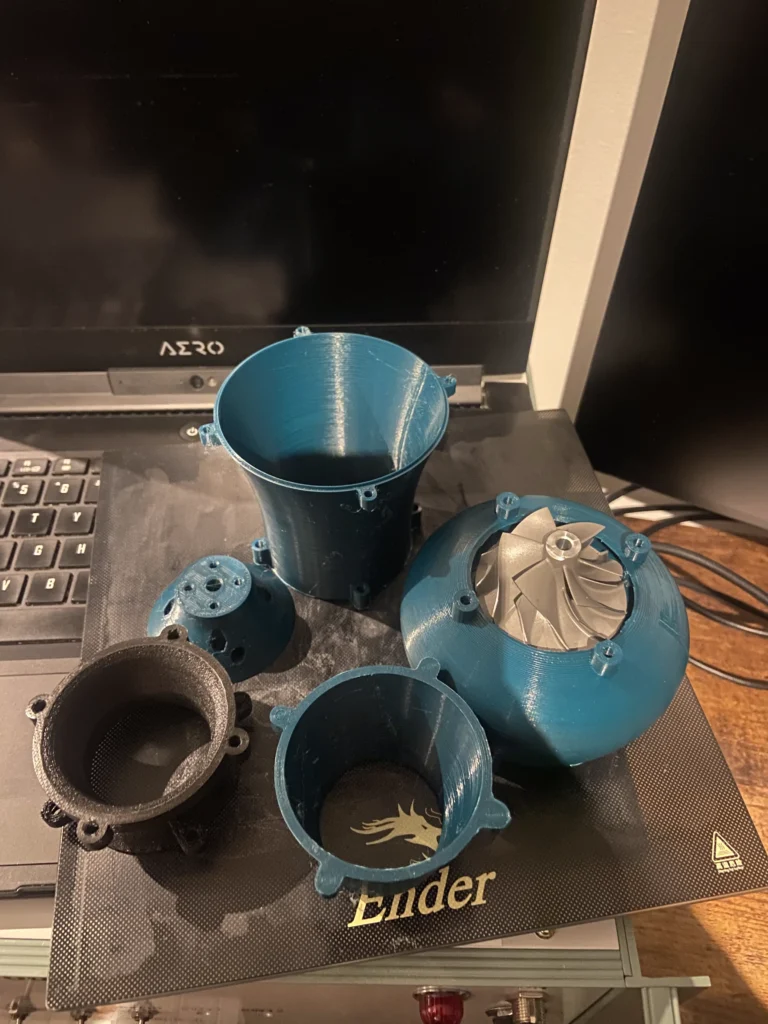
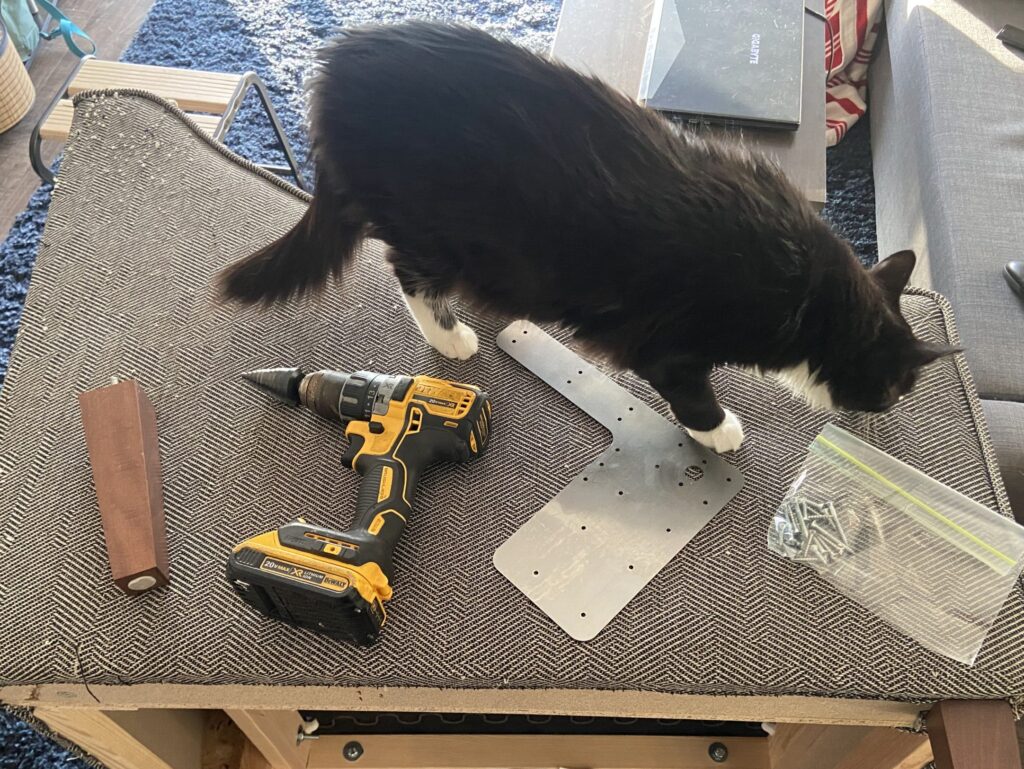
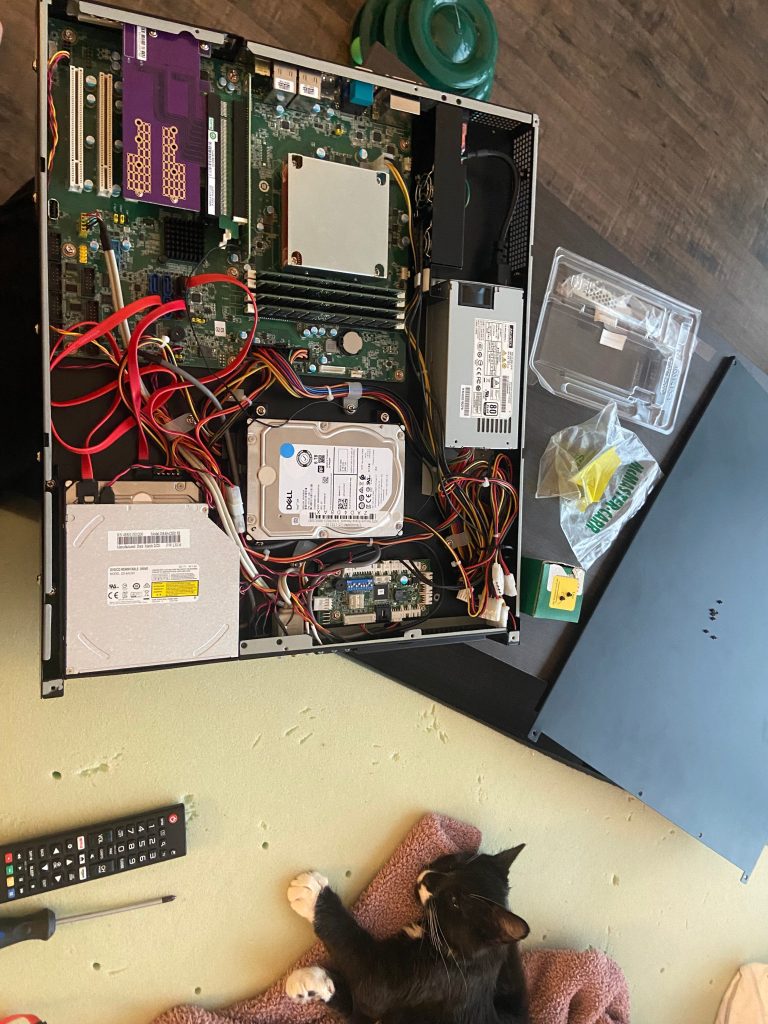
One Response
Looks sweet!